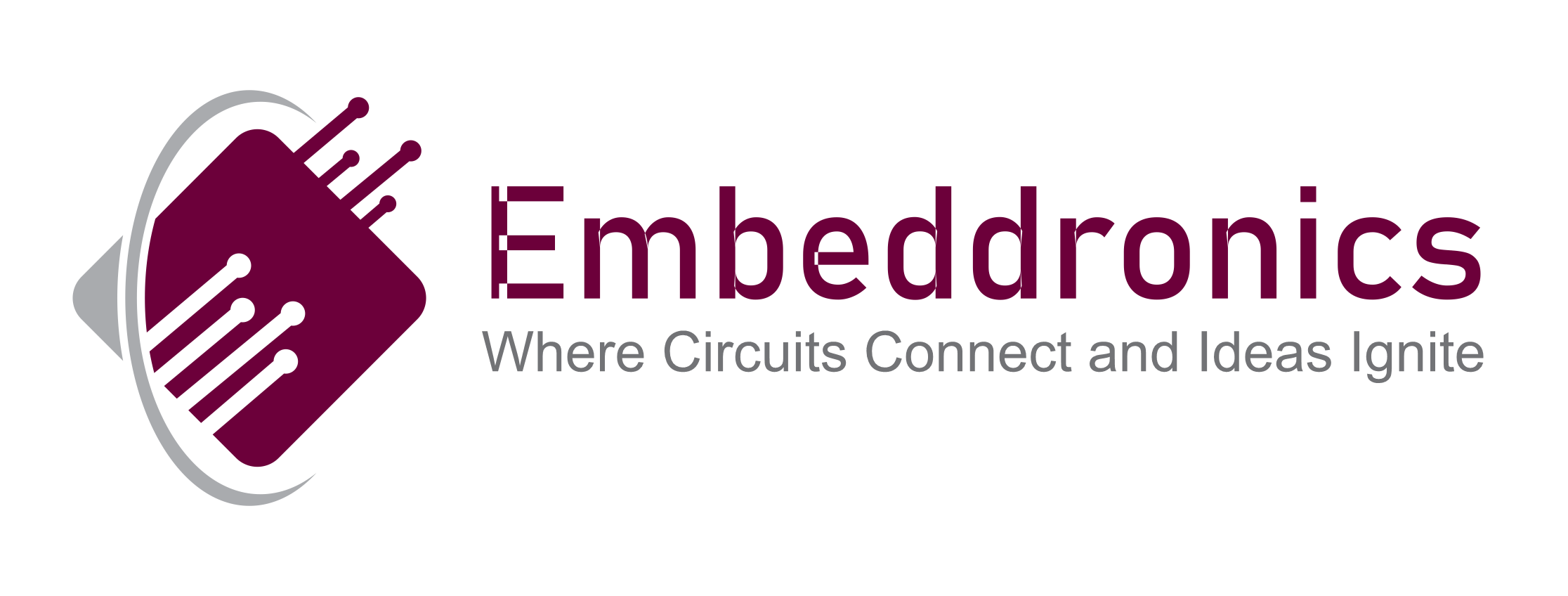
The Art of Power Management: Mastering Linear and Switching Regulators
Introduction
In the world of electronics, power supplies are the backbone that fuels the functionality of our beloved devices. This blog post will delve into the world of Linear and Switching regulators, exploring their design, operation, and the art of mastering their use.
Linear Regulators: Simplicity and Precision
Linear regulators are simple voltage regulators that can provide a stable output voltage that is less than their input voltage. They operate by using a variable element to drop the voltage from the input to the desired output level.
Design and Efficiency
The design of a linear regulator circuit is relatively straightforward. It typically involves an integrated circuit (IC), a couple of decoupling capacitors to reduce noise, and a heat sink to dissipate the heat generated due to its inefficiency. However, linear regulators are not the most efficient when it comes to power conversion. The difference between the input and output voltage is dissipated as heat, leading to energy loss. This makes them less ideal for applications requiring high current or those that are battery-powered.
Advantages
- Simplicity: Linear regulators are relatively simple to design and implement. They require fewer external components, which can simplify the overall circuit design.
- Low Noise: Linear regulators provide a clean, ripple-free output voltage, making them ideal for sensitive applications where noise can be a concern.
- Fast Response Time: Due to their operational principle, linear regulators have a fast transient response time.
Disadvantages
- Efficiency: Linear regulators are not very efficient, especially when the difference between the input and output voltage is large. The excess energy is dissipated as heat.
- Heat Generation: Due to their inefficiency, linear regulators can generate significant heat, which might require heat sinks or other thermal management strategies.
- Limited Step-Up Capability: Linear regulators can only provide an output voltage that is less than the input voltage.
Switching Regulators: Powering the Future
Switching regulators, on the other hand, offer a more efficient solution for power conversion. They work by rapidly switching a series element on and off, controlling the energy transferred to the output.
Buck and Boost Converters
Two common types of switching regulators are Buck and Boost converters. A Buck converter steps down the input voltage, while a Boost converter steps it up. For instance, the LM2596 is a commonly used Buck converter IC. It can handle higher currents and is more efficient than linear regulators, especially at higher voltage differences.
Dealing with Noise and Ripples
One downside of switching regulators is the noise and ripples introduced due to the switching action. However, this can be mitigated using proper filtering and grounding techniques.
PCB Layout and Design
The PCB layout plays a crucial role in the performance of switching regulators. Proper placement of components, adequate grounding planes, and careful routing of high-current paths are essential to minimize EMI and ensure stable operation.
Safety and Protection
Regardless of the type of regulator used, safety should always be a priority. This includes protection against overcurrent, overvoltage, and thermal issues. Using components like MOSFETs and BJTs can provide these safety features.
Advantages
- High Efficiency: Switching regulators are highly efficient, even at large voltage differences. This makes them suitable for battery-powered applications where energy efficiency is critical.
- Step-Up and Step-Down Capability: Switching regulators can provide an output voltage that is either higher or lower than the input voltage, offering more flexibility in power supply design.
- Power Handling: Switching regulators can handle higher power levels compared to linear regulators.
Disadvantages
- Complexity: Switching regulators are more complex to design and implement. They require careful component selection and PCB layout design.
- Noise: Switching regulators generate noise and ripples due to their switching operation. This requires additional filtering to manage.
- Cost: Due to their complexity and the need for additional components, switching regulators can be more expensive than linear regulators.
Conclusion
In conclusion, both linear and switching regulators have their own advantages and disadvantages. The choice between the two depends on the specific requirements of the design, such as efficiency, noise tolerance, and cost. By understanding the principles behind these regulators, one can truly master the art of power management.
Remember, “With great power, comes great responsibility!” Happy designing!
Note: This blog post is intended for educational purposes and does not replace professional advice. Always consult with a qualified professional for your specific needs.
